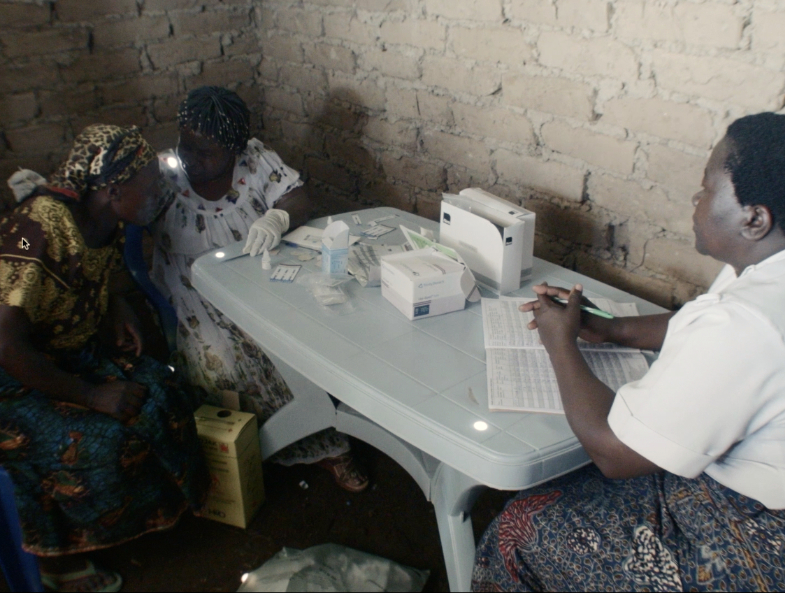In the 19th century, small Switzerland became a major international power in trade. What factors favored this and what role the Basel Mission and the Mission Trading Society, founded in 1859, played in this process was the topic of the current Mission 21 webinar in the series "Mission-Colonialism Revisited".
The historian Dr. Lea Haller is an expert on the subject of "transit trade". Her book of the same name examines the development of global commodity trade from its beginnings to the present day. In conversation with Claudia Buess, Head of Educational Events at Mission 21, Haller shed light on the prerequisites for the success of Swiss companies in colonial trade in the 19th century and Switzerland's rise to become one of the leading commodity trading centers in the 20th century. To this day, the barely regulated commodities trade is a huge business, and Switzerland, with its locational advantages such as low taxes, discretion and neutrality, is heavily involved.
Commodity trading is a capital-intensive business - since the 18th century, companies in the transatlantic triangular trade and then later in the trade in goods from the colonies needed a lot of capital. This came in part from the slave trade, from which Basel merchants had also profited.
"Special case" Mission Trading Company
The men from wealthy Basel families who stood behind the Basel Mission and founded the "Mission Trading Company" with it in 1859 were not only acting out of a desire for profit, but also understood their activity as reparation for the suffering inflicted on black people by the slave trade.
Lea Haller explains impressively how the pietistically influenced merchants became involved in the mission fields because of their high work ethic, that is, they understood work as a duty towards God and society. The work brought success and with it the conflicts of interest increased in the Basel mission because of the trading company, so that the mission almost broke down because of it.
In a lively conversation between Lea Haller and Claudia Buess, they discussed how this dichotomy was resolved and shed light on many other backgrounds to the colonial trade. With about 90 participants, the interest in this webinar was again gratifyingly high. And the lively participation with questions and also with exciting additions from experts greatly enriched the webinar. The entire webinar is available as a recording.






